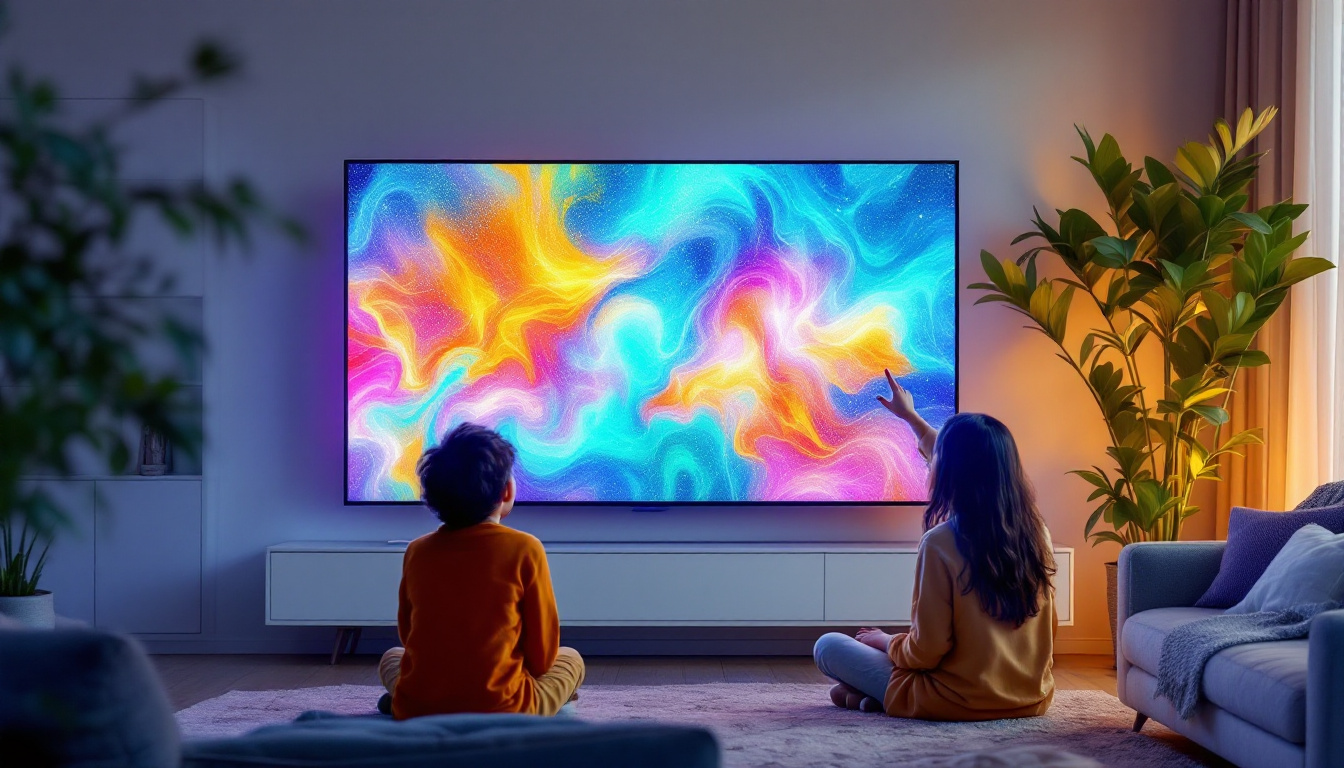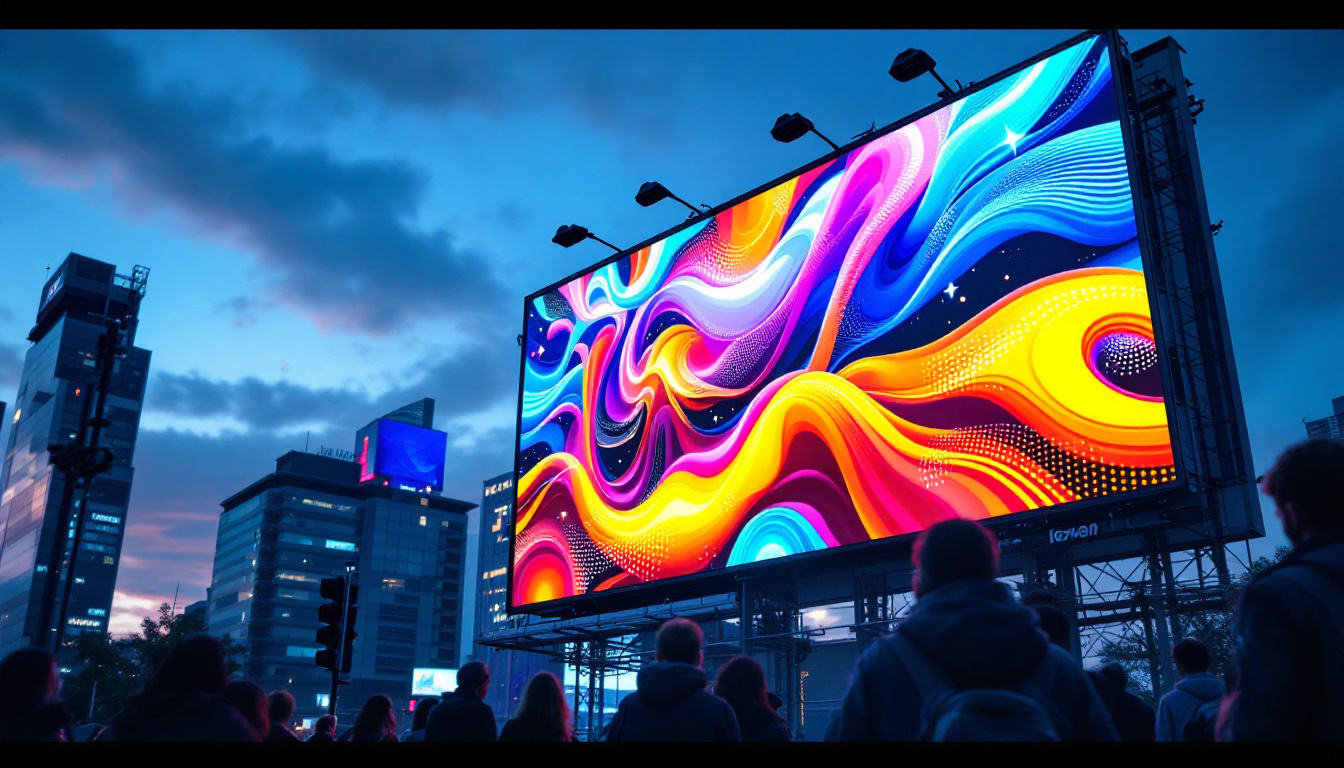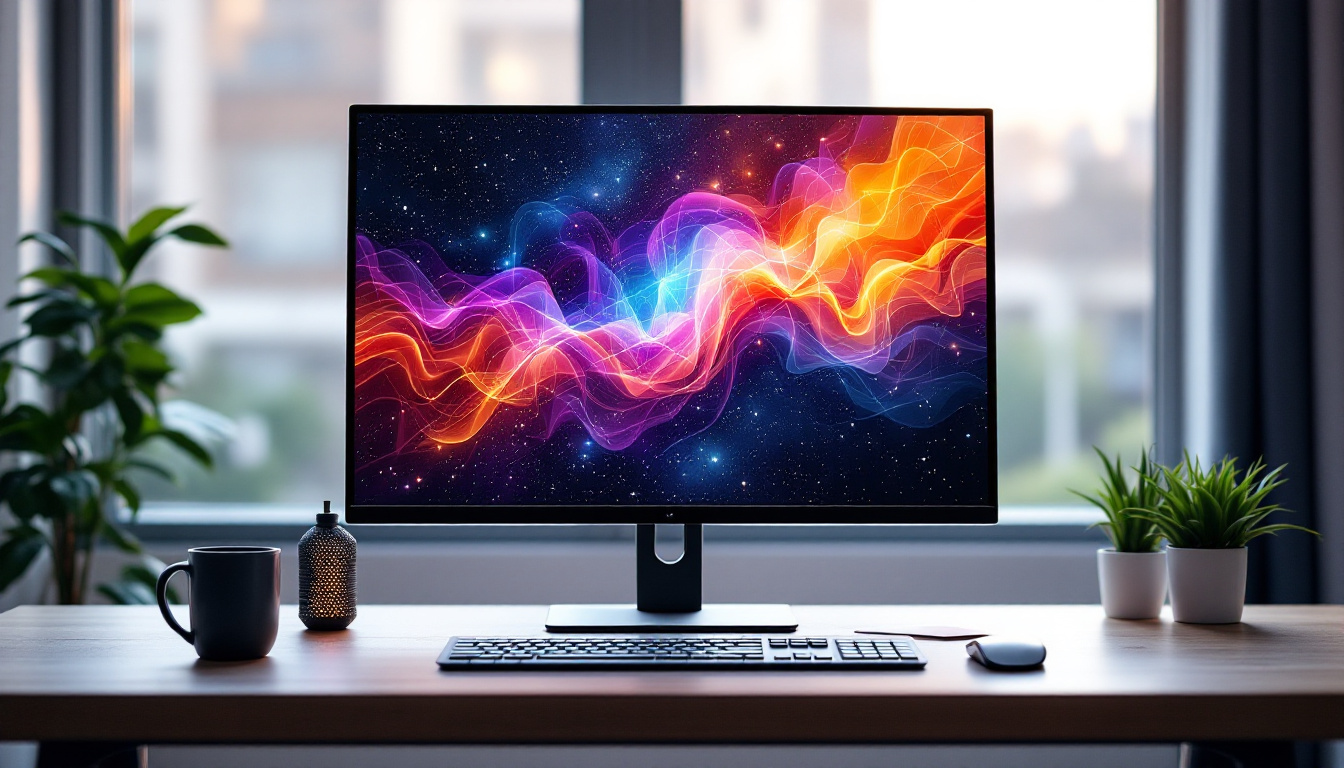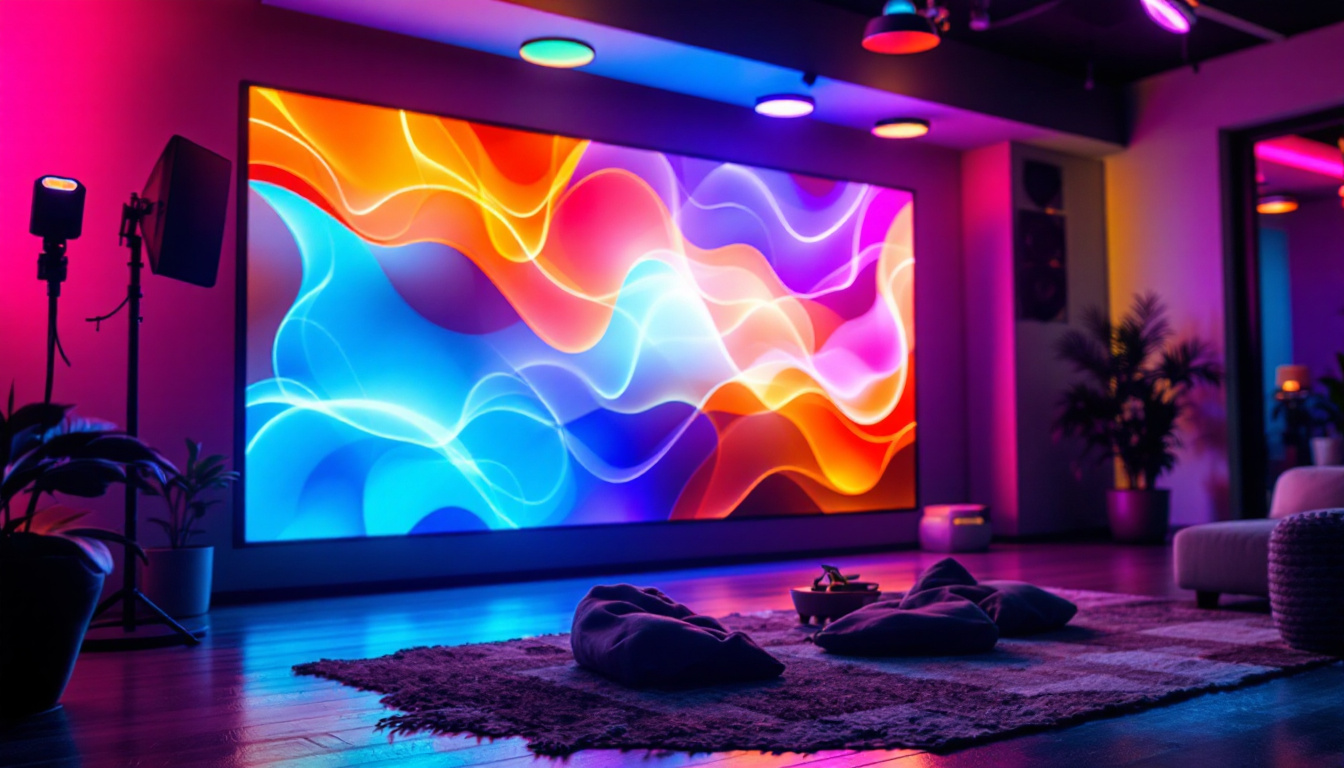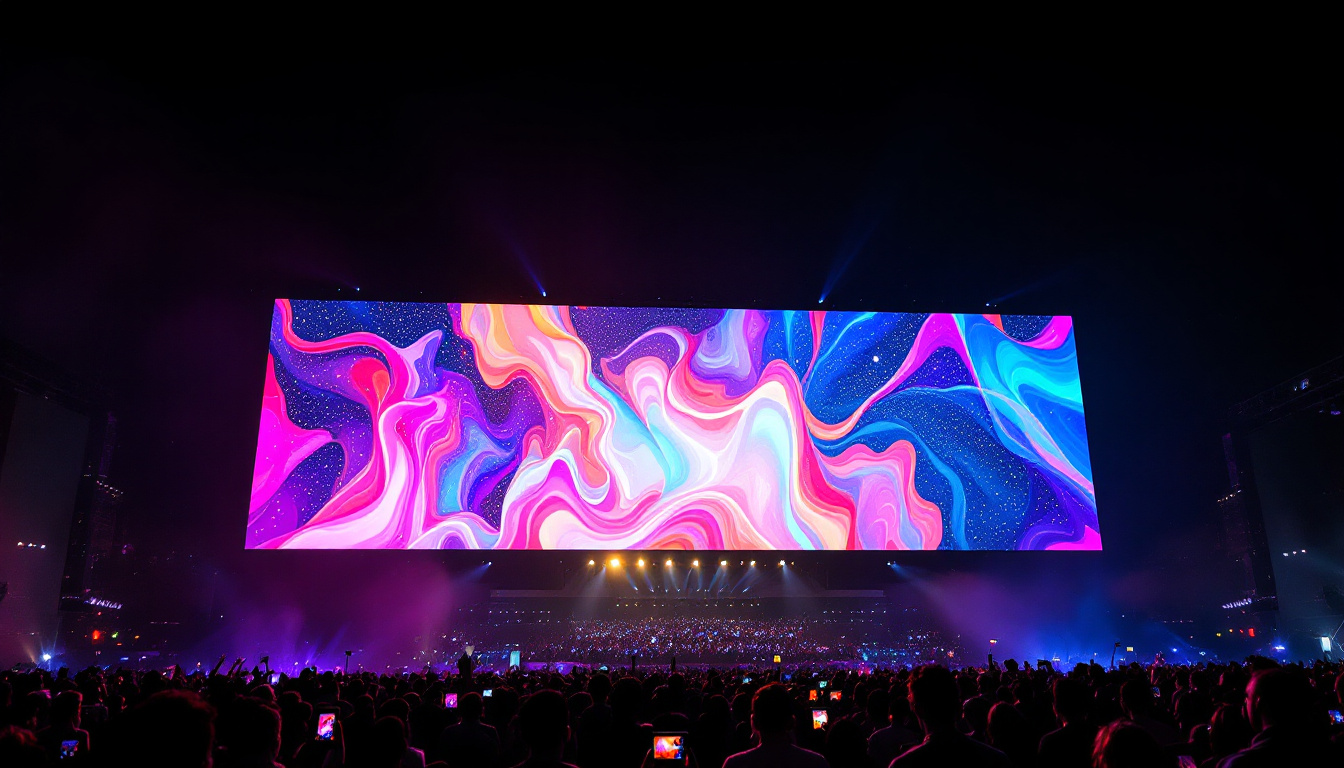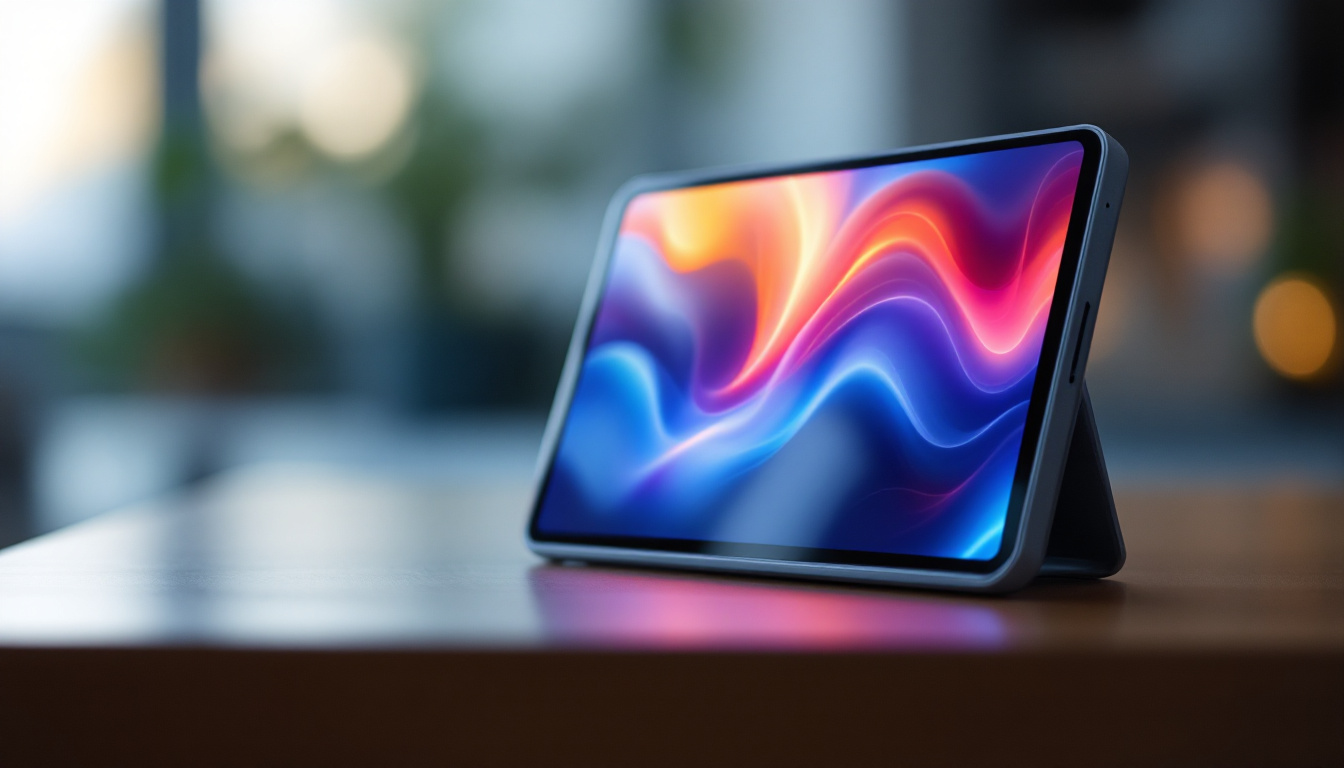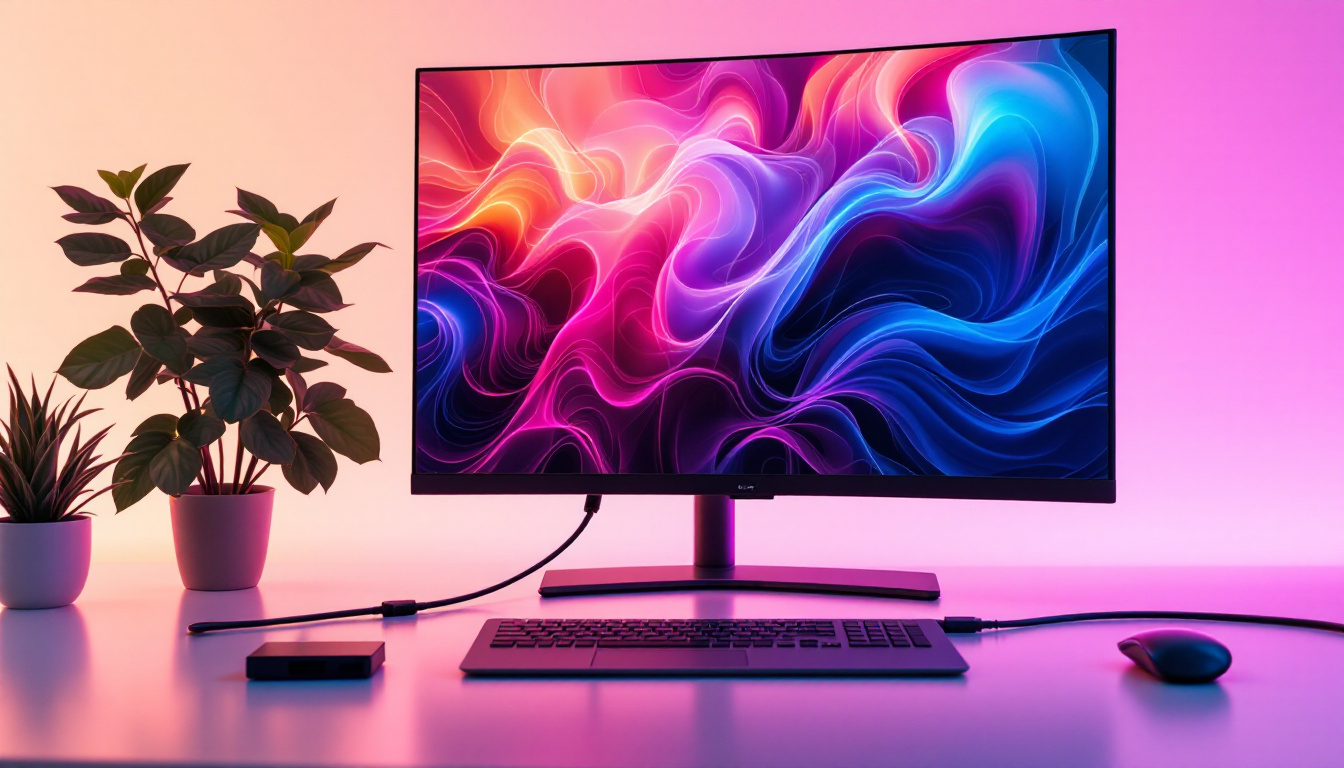The world of display technology has evolved remarkably over the past few decades, with innovations that have transformed how we interact with digital content. One of the most significant advancements in this realm is the development of 24 touch displays, which combine LED technology with touch-sensitive interfaces. This article delves into the intricacies of 24 touch displays, exploring their features, applications, and the technology that powers them.
Understanding LED Display Technology
LED displays have become a cornerstone in modern visual technology. Their ability to produce vibrant colors, high brightness, and energy efficiency has made them a preferred choice for various applications, from televisions to digital signage.
What is an LED Display?
Light Emitting Diodes (LEDs) are semiconductor devices that emit light when an electric current passes through them. In an LED display, thousands of these tiny diodes are arranged in a grid to create images and videos. The combination of red, green, and blue LEDs allows for a wide spectrum of colors, resulting in stunning visuals.
LED displays can be categorized into two main types: direct view and backlit. Direct view LED displays consist of individual LEDs that form the entire screen, while backlit displays use LEDs to illuminate an LCD panel from behind. The former offers superior contrast and viewing angles, making it ideal for high-end applications. Furthermore, advancements in technology have led to the development of microLED and miniLED displays, which utilize even smaller diodes, allowing for finer pixel densities and enhanced picture quality. These innovations are paving the way for ultra-high-definition displays that can deliver an immersive viewing experience.
Key Advantages of LED Displays
One of the primary advantages of LED displays is their energy efficiency. Compared to traditional LCD or plasma screens, LED displays consume significantly less power, making them environmentally friendly and cost-effective in the long run. Additionally, they have a longer lifespan, often exceeding 50,000 hours of use. This longevity not only reduces replacement costs but also minimizes electronic waste, contributing to a more sustainable approach to technology.
Another notable benefit is their brightness. LED displays can achieve higher luminance levels, making them suitable for both indoor and outdoor environments. This characteristic ensures that content remains visible even in bright sunlight, a critical factor for advertising and public displays. Moreover, the rapid response time of LED technology allows for smooth motion rendering, which is particularly advantageous in dynamic content scenarios, such as sports broadcasts or interactive installations. As a result, LED displays are increasingly being adopted in arenas, concert venues, and large-scale events, where the demand for high-quality visuals is paramount.
The Evolution of Touch Technology
Touch technology has revolutionized how users interact with devices, providing a more intuitive and engaging experience. The integration of touch capabilities into LED displays has opened up new possibilities for various applications. As technology continues to advance, the evolution of touch interfaces is paving the way for even more innovative user experiences, from smart home devices to interactive kiosks in public spaces.
Types of Touch Technologies
There are several types of touch technologies, each with its unique advantages and applications. The most common types include resistive, capacitive, and infrared touch screens. Each of these technologies caters to different user needs and environments, ensuring that touch interfaces can be tailored to specific applications.
Resistive touch screens consist of two flexible layers separated by a small gap. When pressure is applied, the layers touch, registering the input. This technology is cost-effective and works well with gloves or styluses, making it suitable for industrial applications. It is often found in environments where durability is essential, such as in medical devices or outdoor kiosks, where exposure to the elements can be a concern.
Capacitive touch screens, on the other hand, use the electrical properties of the human body to detect touch. These screens are more responsive and support multi-touch gestures, making them ideal for smartphones and tablets. The ability to recognize multiple touch points simultaneously allows for complex interactions, such as pinch-to-zoom or swipe gestures, which have become standard in modern user interfaces. Infrared touch technology employs an array of infrared light beams to detect touch, offering high durability and clarity. This method is particularly effective in large-format displays, such as those used in digital signage and interactive whiteboards, where precision and visibility are paramount.
Benefits of Touch Displays
Touch displays provide a more interactive experience, allowing users to engage with content in a hands-on manner. This interactivity enhances user engagement, making it particularly valuable in educational settings, retail environments, and exhibitions. In classrooms, for instance, touch-enabled displays facilitate collaborative learning, enabling students to work together on projects and presentations, thus fostering teamwork and creativity.
Moreover, touch displays can streamline workflows by reducing the need for additional input devices such as keyboards and mice. This simplicity can lead to increased efficiency and productivity, especially in environments where quick access to information is crucial. In retail, for example, touch screens can allow customers to browse products, check prices, and even place orders without needing assistance from staff, thereby improving the overall shopping experience. Additionally, the tactile feedback provided by touch displays can enhance user satisfaction, as it creates a more immersive interaction that appeals to the senses. As touch technology continues to evolve, we can expect to see even more innovative applications that further integrate touch interfaces into our daily lives, making technology more accessible and user-friendly.
24 Touch Displays: A Unique Offering
The term “24 touch display” typically refers to a display screen that measures 24 inches diagonally and features touch-sensitive capabilities. This size strikes a balance between portability and usability, making it a popular choice for various applications.
Specifications of 24 Touch Displays
Most 24 touch displays feature Full HD resolution (1920×1080 pixels), ensuring crisp and clear visuals. They often come equipped with advanced LED backlighting, enhancing brightness and color accuracy.
In terms of touch technology, many 24 touch displays utilize capacitive touch technology, allowing for multi-touch capabilities. This feature enables users to perform gestures such as pinch-to-zoom and swipe, enhancing the overall user experience.
Applications of 24 Touch Displays
24 touch displays find applications in various sectors, including education, healthcare, retail, and entertainment. In educational settings, these displays can serve as interactive whiteboards, facilitating collaborative learning experiences.
In healthcare, 24 touch displays can be used for patient monitoring systems or interactive kiosks, providing essential information in an easily accessible format. Retail environments benefit from these displays through interactive product showcases, allowing customers to explore products in-depth.
Choosing the Right 24 Touch Display
When selecting a 24 touch display, several factors should be considered to ensure it meets the specific needs of the intended application.
Resolution and Display Quality
Resolution is a critical factor in display quality. A higher resolution ensures sharper images and better detail, which is particularly important for applications that require precise visuals. Full HD (1920×1080) is generally the minimum standard for a 24 touch display, but options with higher resolutions, such as 4K, are also available for those seeking enhanced clarity.
Touch Sensitivity and Response Time
The touch sensitivity and response time of a display can significantly impact user experience. A display that registers touch accurately and responds quickly will provide a smoother interaction. Look for displays that offer high sensitivity and low latency to ensure optimal performance.
Installation and Maintenance of 24 Touch Displays
Proper installation and maintenance are crucial for ensuring the longevity and performance of 24 touch displays. Understanding the best practices for setup and upkeep can help maximize the investment in this technology.
Installation Considerations
When installing a 24 touch display, it is essential to consider the environment in which it will be placed. Factors such as lighting conditions, mounting options, and accessibility should be evaluated to ensure optimal visibility and user interaction.
Additionally, ensuring that the display is securely mounted and connected to the appropriate power and data sources is vital. This step helps prevent damage and ensures reliable operation.
Maintenance Tips
Regular maintenance can prolong the life of a 24 touch display. Cleaning the screen with appropriate materials, such as microfiber cloths and non-abrasive cleaners, helps prevent scratches and smudges. It is also essential to check the connections and cables periodically to ensure they are secure and functioning correctly.
Software updates should not be overlooked, as they often include important security patches and performance enhancements. Keeping the display’s firmware up to date can help maintain its functionality and security.
Future Trends in Touch Display Technology
The future of touch display technology is promising, with continuous advancements expected to enhance user experiences further. Emerging trends are likely to shape how these displays are utilized across various sectors.
Integration with Augmented Reality (AR) and Virtual Reality (VR)
As AR and VR technologies gain traction, the integration of touch displays with these platforms is anticipated to create more immersive experiences. Touch displays can serve as intuitive interfaces for interacting with virtual content, enhancing user engagement in gaming, training, and educational applications.
Advancements in Display Resolution and Quality
Future touch displays are expected to feature even higher resolutions, such as 8K, providing unparalleled clarity and detail. Additionally, improvements in color accuracy and brightness will further enhance the visual experience, making touch displays suitable for a wider range of applications.
Conclusion
24 touch displays represent a significant advancement in display technology, combining the benefits of LED displays with interactive touch capabilities. Their versatility and adaptability make them suitable for various applications, from education to retail.
By understanding the specifications, benefits, and future trends of 24 touch displays, businesses and individuals can make informed decisions about incorporating this technology into their operations. As the landscape of display technology continues to evolve, 24 touch displays are poised to play a vital role in shaping how users interact with digital content.
Discover LumenMatrix’s Innovative Touch Display Solutions
Ready to elevate your interactive digital experiences with the latest in touch display technology? LumenMatrix, a pioneer in LED display innovation, offers a diverse range of solutions tailored to meet your needs. From captivating Indoor and Outdoor LED Wall Displays to dynamic Vehicle and Sports LED Displays, each product is designed to enhance brand visibility and audience engagement. Embrace the future of visual communication with LumenMatrix’s Custom, All-in-One, and Transparent LED Displays. Check out LumenMatrix LED Display Solutions today and transform the way you share your message with the world.









